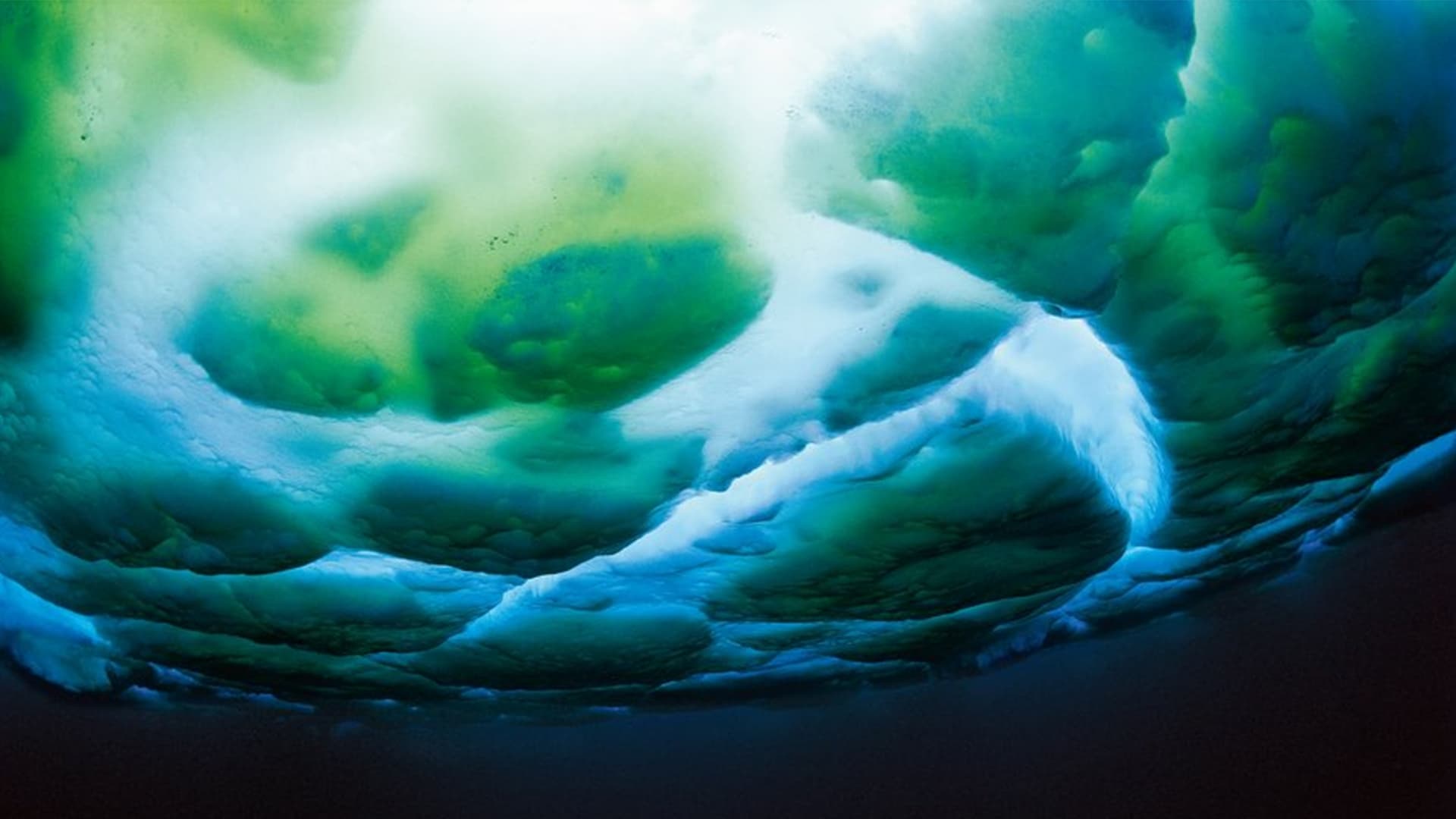Polar photosynthesis

This activity investigates the relationship between light and plant growth. It is based on research activities that took place on a remote Arctic expedition. Students will examine a set of four ‘ice core samples’, to see if they can identify the variation in algal (plant) growth caused by different seasonal conditions.
Ages 7+
(adult supervision)
20 minutes
Part of:
AXA Ocean EducationMake four ‘ice core samples’ and bring Arctic science into the classroom or home. Students will take each of the samples, melt it, and analyse its contents for evidence of algal growth.
Activity preparation
To prepare for this activity, you will need to create four different samples that represent ice cores taken from the Arctic sea ice with varying seasonal conditions.
These ‘ice core samples’ are ice cubes made from a brine solution (c. 30 g of salt per litre of tap water) mixed with different quantities of dried herbs to represent algal growth. The addition of salt will make the ice cores easier to crumble by hand.
Sample 1 – ¼ tsp dried herbs per ice cube
Sample 2 – ½ tsp dried herbs per ice cube
Sample 3 – no dried herbs
Sample 4 – small sprinkle to dried herbs per ice cube
Depending on the size of your ice cube tray, you may need to adjust the amount of dried herbs, but ensure that you keep the ratios described above. You will need one of each sample per student or group doing the activity.
Activity steps
- Hand out four filter papers or pieces of paper towel to each student or group. These are to soak up the water as the ice is melted.
- Place one of each type of ‘ice core sample’ on each of the filter papers or sheets of paper towel.
- Students should melt that ice, either using the warmth of their fingers or, if you have time, by waiting for the ice cubes to melt. The salt in the water will make the ice cubes easier to crumble.
- Students should then observe the amount of algae (dried herbs) in each sample.
- Hand out a copy of the student record sheet to each student or group. Go through the sheet with the class, highlighting the difference in seasonal conditions for each row. There are some time-based calculations for students to try.
- Students should then complete the record sheet matching each row of the observed amounts of algae (dried herbs) with the varying seasonal conditions listed.
- An extension activity asks students to give reasons for their answers.
Reflection
- What is the relationship between the number of daylight hours and the amount of algae you observed?
- Why do you think this has happened?
- How could you measure the amount of algae more precisely?
- Why would this make the experiment more accurate?
Safety guidance
- Work in the centre of a work table.
- Report any spills to an adult.
- Do not eat any of the herbs or ice.
Brought to you by

